Aotea Great Barrier residents furious upon discovery that MPI gave commercial cray boat permit to fish in Controlled Area
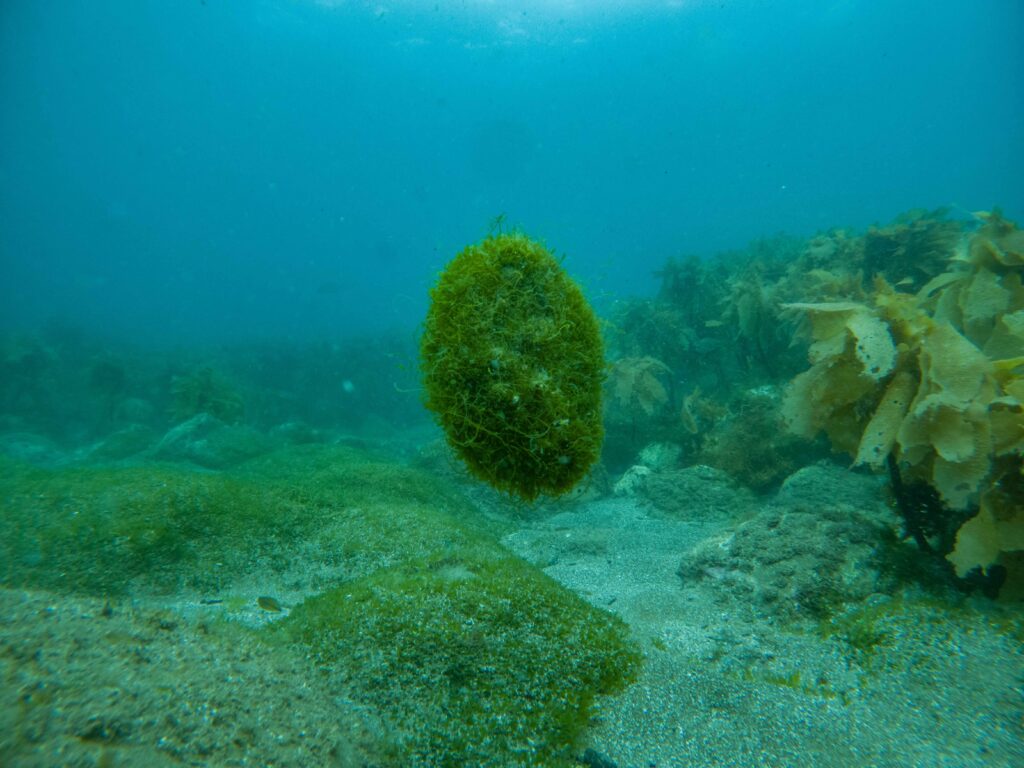
Monday 13th May – Press release from Aotea Caulerpa Response Team
Residents on Aotea/ Great Barrier are furious after commercial cray fishers were spotted in waters covered by a fishing ban under Caulerpa rules.
“That commercial operators are dropping cray pots in an area where this activity is otherwise banned is deeply offensive to locals, who’ve been carefully adhering to the ban for nearly three years now,” said co-chair Aotea Caulerpa Response Team Chris Ollivier
“It is also hugely worrying in terms of where those cray pots returned to after being at the Barrier, quite possibly with Caulerpa attached to them, and that is Leigh, the site of New Zealand’s poster child for marine reserves.”
Caulerpa has been described as the biggest-ever threat to New Zealand’s marine life. Extensive measures have been put in place around parts of New Zealand to stop its spread, including a CAN (controlled area notice) covering much of the west coast of Aotea/ Great Barrier, which restricts all anchoring and bottom fishing activities.
In February the Government announced a $5 million boost to accelerate the development of removal techniques for the seaweed.
“Despite all these efforts, it now seems the Ministry of Primary Industries (MPI) has granted permits for commercial fishers to lay pots in a CAN zone, significantly disrupting an ocean floor that’s blanketed in Caulerpa. The boat was then returning to Leigh, close to one of our prized marine reserves,” said Ollivier.
As well as the CAN, local iwi placed a rāhui on crayfishing right around Aotea in 2022, to allow depleted stocks to replenish. MPI is aware of the rāhui and is currently working through Ngāti Rehua Ngātiwai ki Aotea’s application under the Fisheries Act to attach official enforcement measures to it.
In his capacity as a co-chair of Aotea Caulerpa Response Team and deputy chairperson of the Aotea/ Great Barrier Local Board, Ollivier queried Biosecurity NZ about the crayfishing activity. What followed is below:
- Saturday 4 May – FV Crusader observed potting in Schooner Bay and again north of Whangaparapara inside the CAN area.
- Sunday 5 May- incursion into the CAN reported to Biosecurity NZ, requesting a response as to whether the boat had a permit to carry out this activity and if so, why?
- Five days later, on Friday 10 May the following response was received from John Walsh at MPI/Biosecurity:
- FV Crusader has a permit to anchor and undertake cray potting within the CAN off Aotea.
- This followed discussions with the industry and MPI officials on this history of the vessels operator in the area, and a call was made to issue a conditional permit.We were and are comfortable the permit conditions will manage risk.We have taken actions to reinforce the need to meet permit conditions.
- A permit stipulates requirements that the permit holder must undertake to prevent further spread of exotic Caulerpa, both within and beyond Aotea. This requires thorough decontamination of any potting equipment before exiting the CAN, including instructions should suspect Caulerpa be attached to equipment.
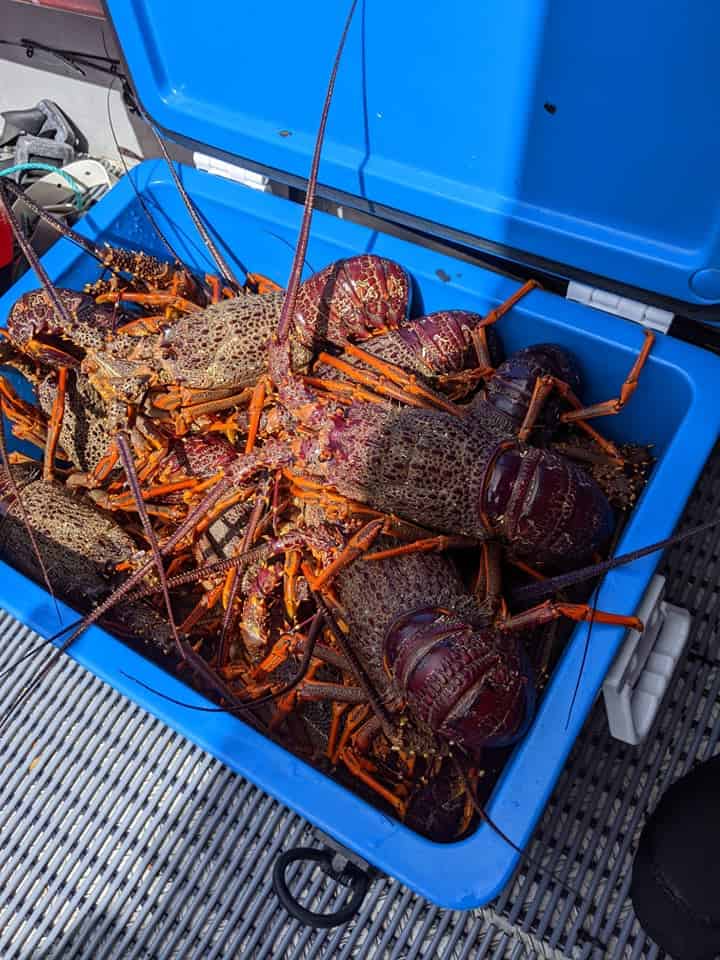
“I share the outrage of the community about this travesty and will be seeking a change to the policy of issuing permits such as these while the CAN is still in place,” said Ollivier.
He has sent the following additional questions to MPI:
- When was the permit issued?
- Why was the local Caulerpa steering group not included in discussions around the issuing of the permit?
- Given the CAN makes up approximately one third of Aotea coastline, why was the company not directed to pot in areas not restricted (the island’s east coast for instance)?
- Did the “risk” you are comfortable with when issuing the permit include the reaction of Aotea residents to the sight of a vessel potting inside harbours closed by the CAN?
- What actions were taken to “manage the risk” – on-board cameras? On-board observers? Inspection of the pots at the port of discharge after potting operations?
- What follow up has there been to ensure that all the requirements around decontamination of potting equipment etc were met?
“We have not received a reply from MPI,” said Ollivier.
For more information please contact Chris Ollivier, Co-Chair of the Aotea Caulerpa Response Team:
02102762332 / chriso@iconz.co.nz
Full Statement from Stuart Anderson, Biosecurity New Zealand Deputy General below:
Since exotic Caulerpa was first found in 2021, nearly $11 million has been committed
to a comprehensive coordinated response with partners including mana whenua,
regional councils, and DOC to understand the pest and its distribution, prevent it
spreading, and explore ways to remove it in areas where we can.
Part of that control of spread management is through Controlled Area Notices.
Biosecurity New Zealand has been talking with the commercial fishing industry
throughout the response. The CAN conditions have been widely communicated,
including to the fishing sector.
We are conscious though that on a very limited case by case basis, we would need to
consider granting permits in situations where rock lobster potting is the primary
fishing method for commercial purposes, and where there is a need to conduct
commercial rock lobster potting activities within the controlled area because
alternative locations are not available. These operators rely on these fisheries for their
livelihoods.
For Great Barrier Island, three time-limited permits (to end of June 2024), that include
very strict conditions for operations, have been granted for the purposes of
commercial rock lobster potting within Great Barrier Island Zone (Zone A) only.
Conditions include:
Upon removal of equipment used for the permitted activities within the Great Barrier
Island Zone (Zone A), the equipment must not be re-used within the ocean outside of
that zone until the following actions have been undertaken:
a) The equipment must be checked for any seaweed or other organic material before
leaving the zone.
b) Any seaweed or plant matter found on the equipment must be removed and stored
securely in a bag or container and disposed of safely on land. If it cannot be stored
and disposed of securely on land, it must be placed back into the waters from where it
came as soon as practicable
c) The equipment must be cleaned thoroughly with either fresh or salt water until
there is no trace of organic material before being lowered back into the ocean.
The permits have been granted for the permitted activities only. There are penalties
for non-compliance. Failure to comply with the conditions of the permit is an offence
under the Biosecurity Act and carries a penalty, in the case of an individual, of
imprisonment for a term not exceeding 3 months, a fine not exceeding $50,000, or
both and in the case of a corporation, to a fine not exceeding $100,000.
Words by Caulerpa Response Team, 13 May 2024


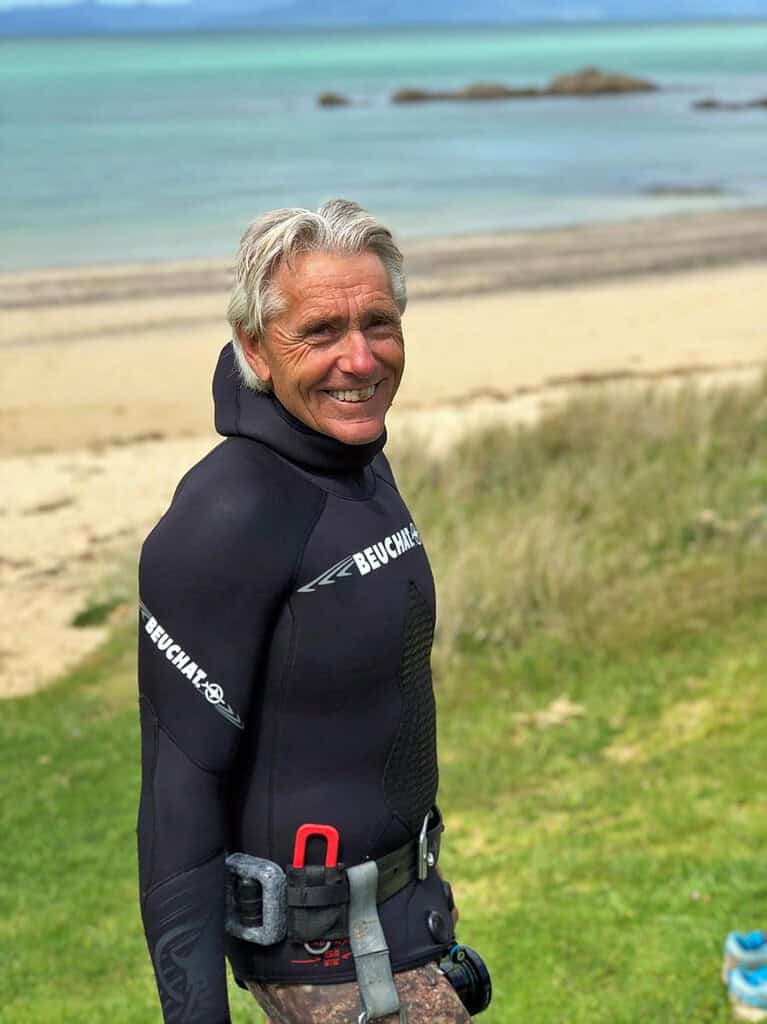
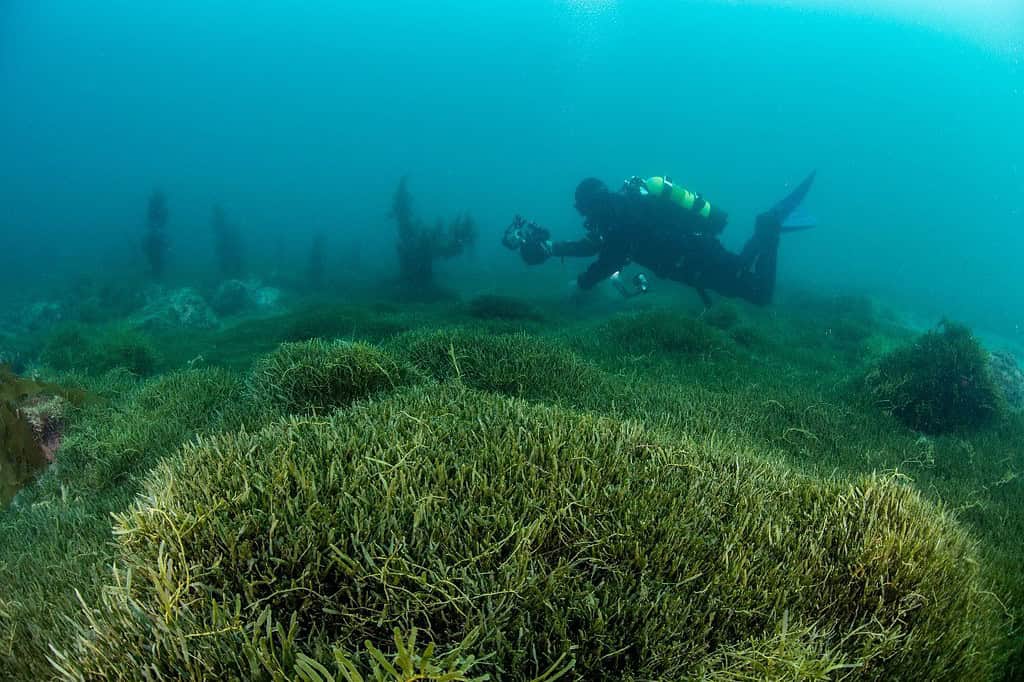

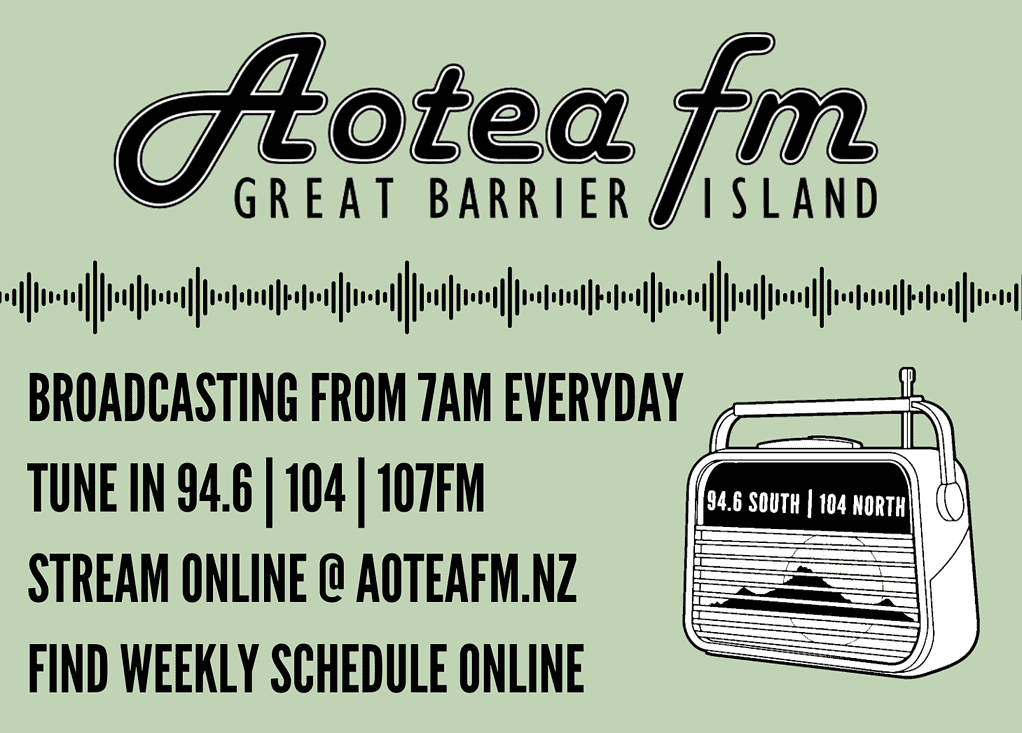






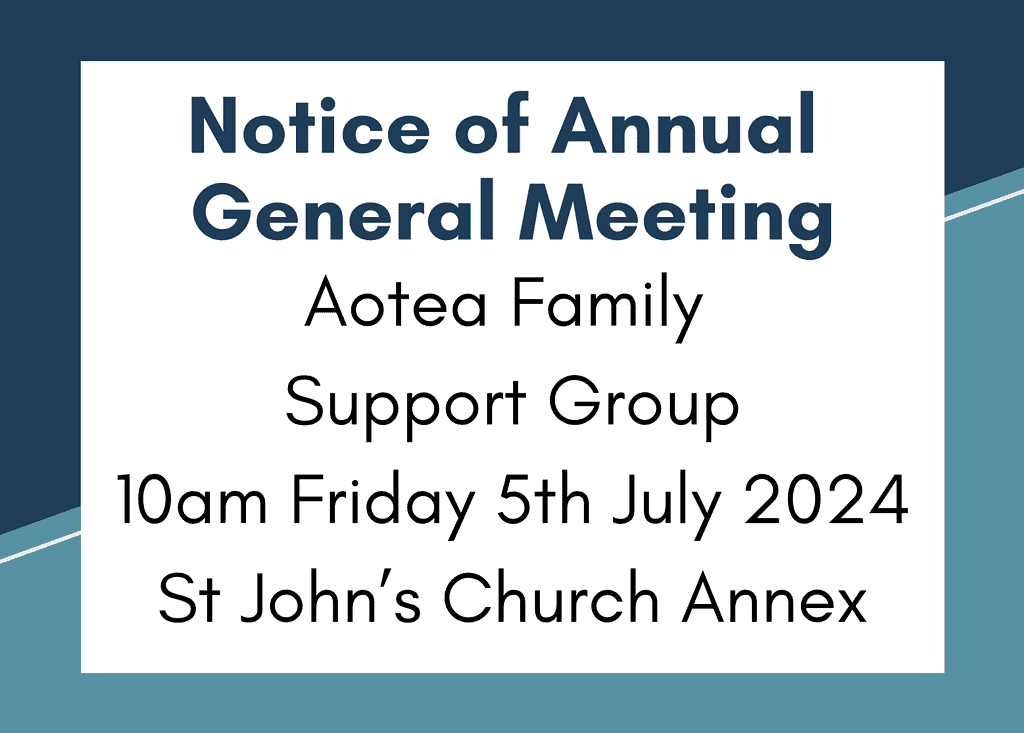
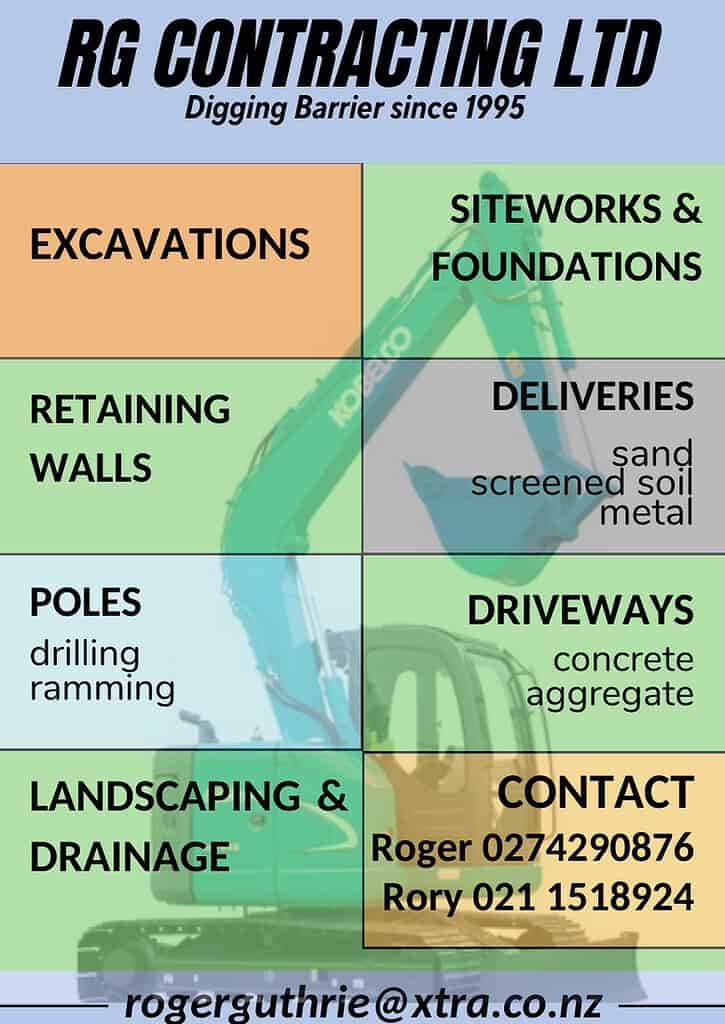
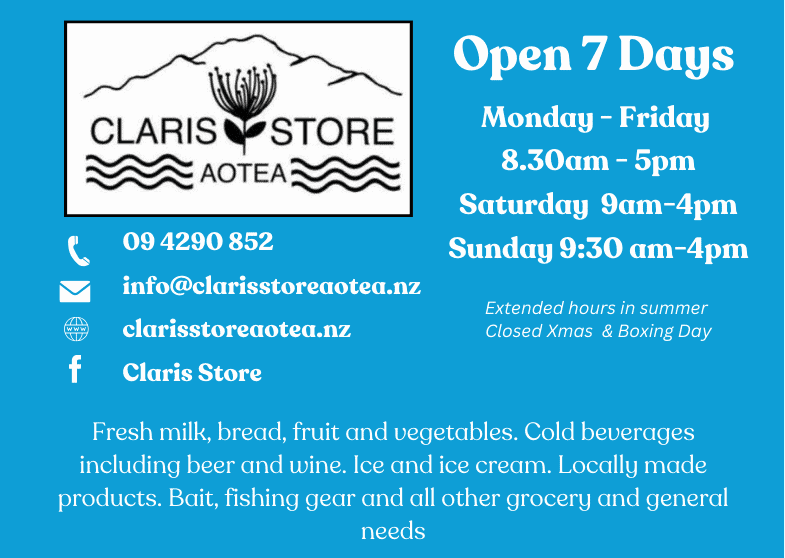

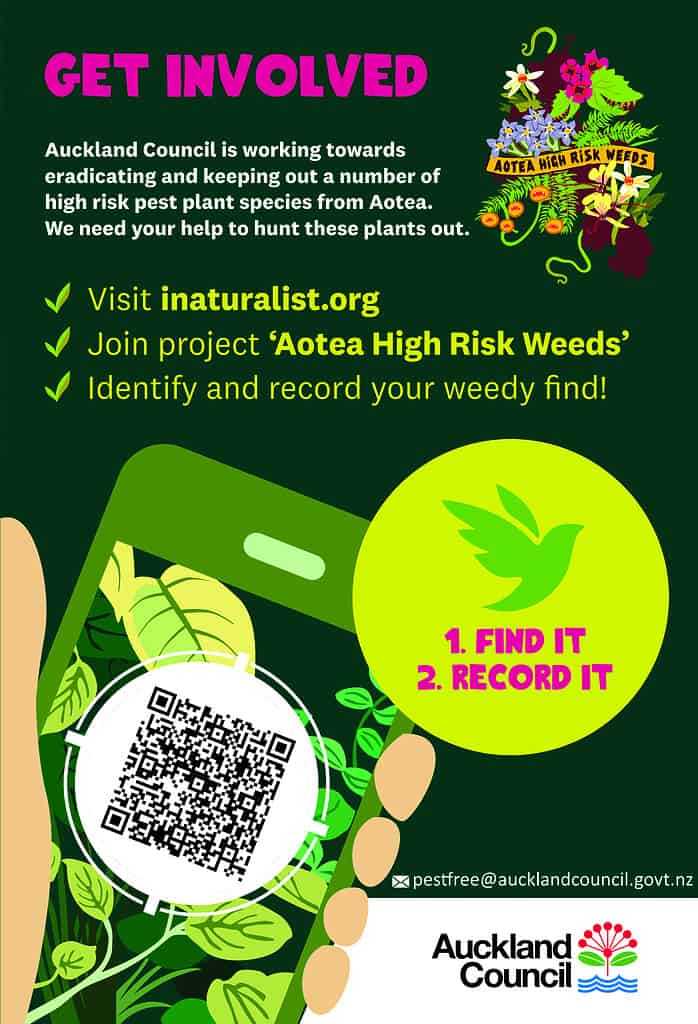


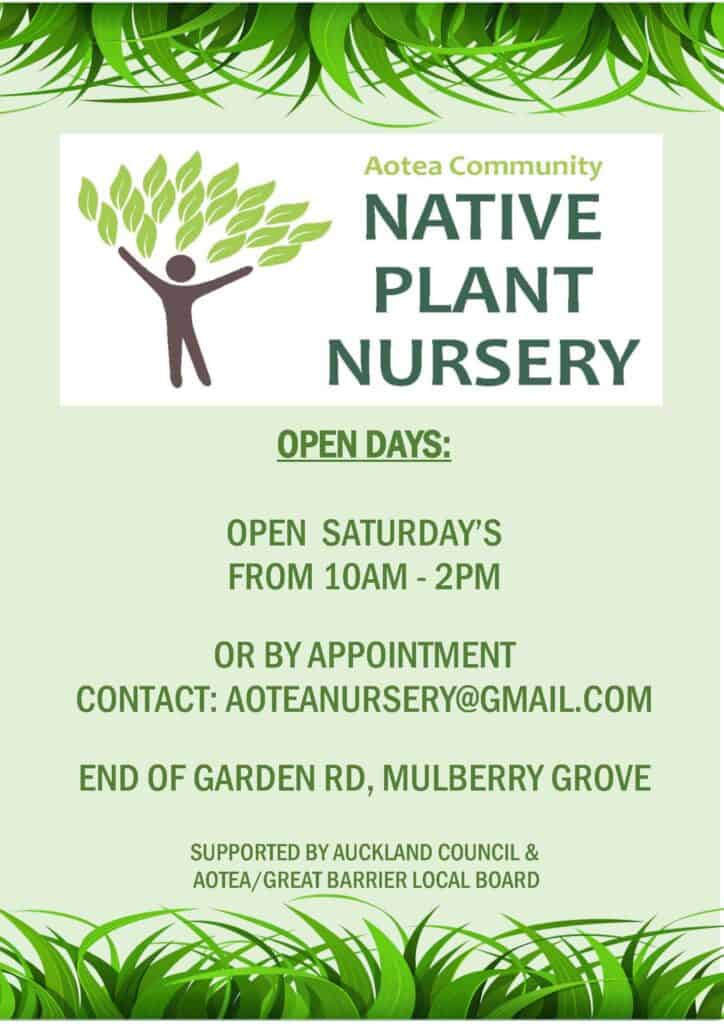

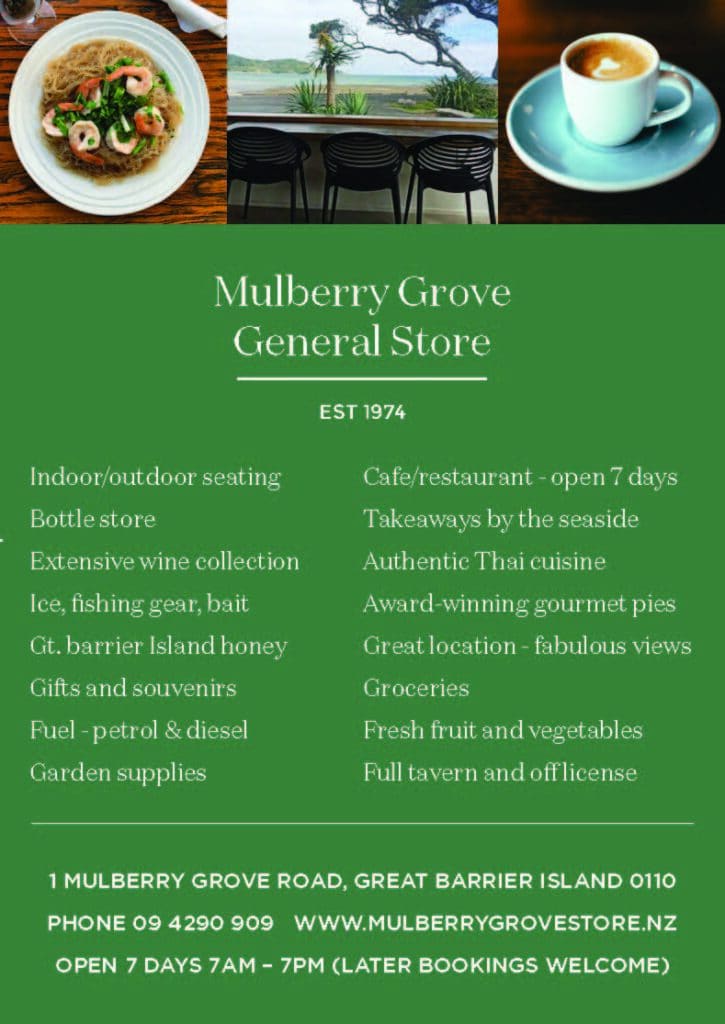


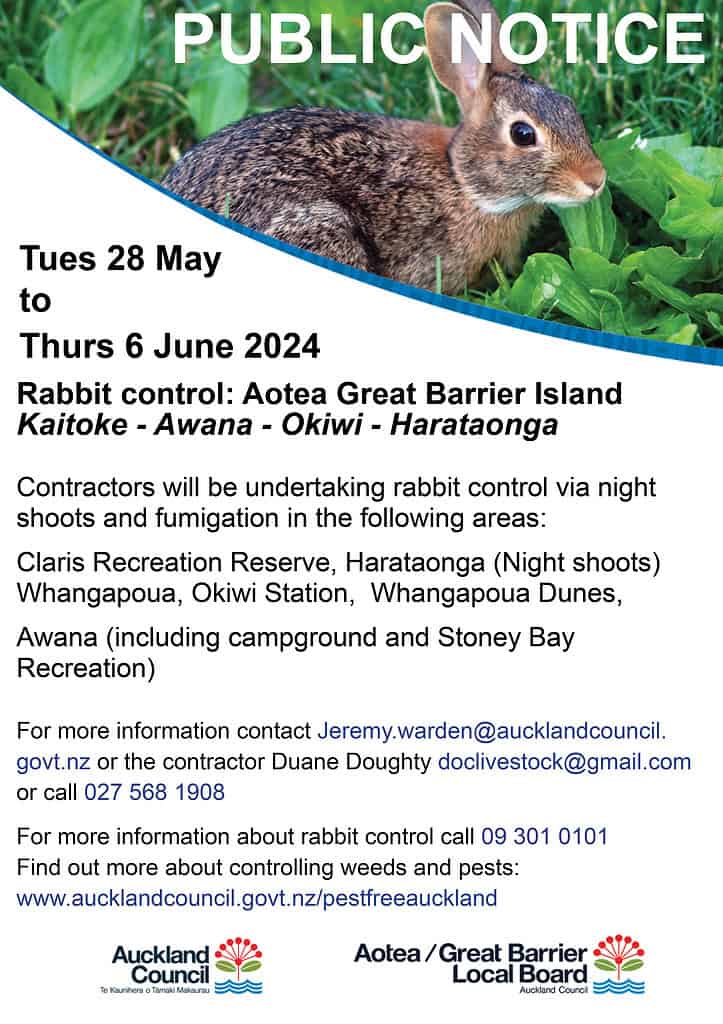
[…] the discovery of commercial cray pots from an operator in Leigh in the Controlled Area Notice (CAN) arou…, Ministry of Primary Industries (MPI) engaged in a review of how the permits were […]